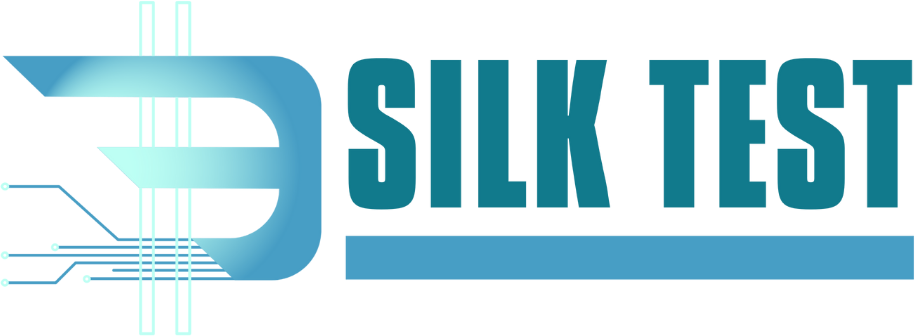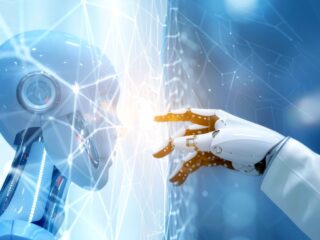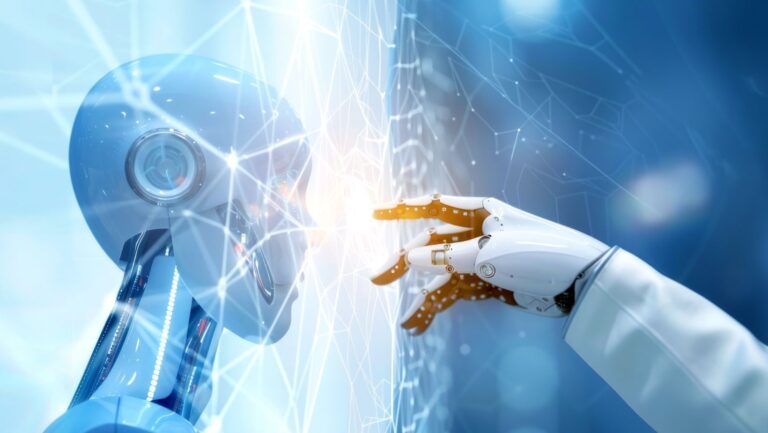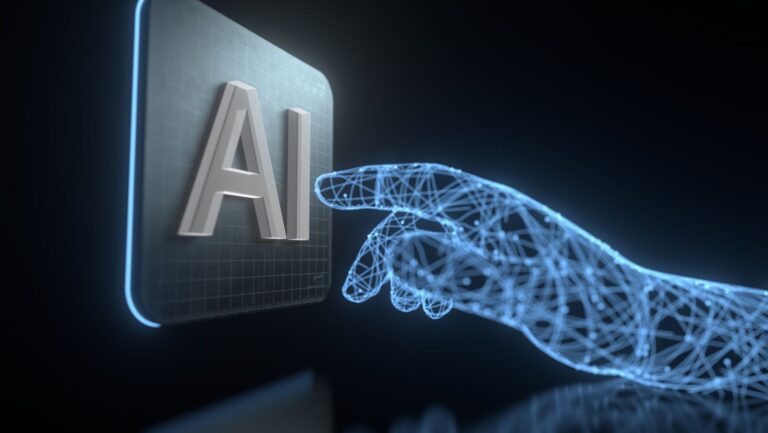Lawyers once measured productivity in hours. Billable hours. You tracked what you did and charged clients accordingly. That system worked fine when legal work meant sitting with documents or on phone calls. Now, machines measure productivity in milliseconds.
Artificial intelligence is transforming how firms draft, review, and predict outcomes. Often the transformation happens invisibly. No one announces that an AI system just saved three hours of research. It just happens quietly in the background. It’s not replacing lawyers. It’s refocusing them toward work that actually requires human judgment.
For firms that adapt to AI tools, the technology becomes a silent partner that never sleeps, never gets tired, and never forgets. For firms that resist or ignore AI, they’re slowly falling behind. Competitors are doing more work faster. They’re spending more time on strategy and client relationships because machines handle routine tasks. They’re growing. The firms not adapting aren’t.
The finest AI tools for personal injury law are reshaping what working smarter actually means. The smartest work isn’t the work machines do. It’s the work humans do because machines freed up the time to do it.
The Rise of the Digital Paralegal
Intake used to mean hours of work. New clients call or email. Someone has to read through their information. Someone has to categorize it. Someone has to organize it into a case file. All that work is routine. It’s necessary but it’s not high-value. AI systems now do that work. They read intake information, extract key facts, create preliminary case assessments, and organize everything into standard formats. The work that used to take a paralegal six hours now takes AI minutes.
Discovery review is another area where AI transforms workflows. A typical personal injury case involves thousands of documents. Email exchanges. Medical records. Insurance correspondence. Contracts. Witness statements. Reviewing all of it for relevance and privilege used to mean having junior lawyers or paralegals read page after page. AI systems can now read through thousands of documents, identify relevant ones, flag potential issues, and organize everything for human review. What used to take weeks now takes days.
The digital paralegal handles tasks that don’t require judgment. The human paralegals who remain can focus on work that does require judgment. Client communication. Fact investigation. Strategy development. The shift elevates the work humans do. Instead of doing repetitive document review, paralegals do things that require actual skill.
Prediction Over Paperwork
AI systems trained on thousands of cases can predict what juries might award in similar cases. Plug in the facts of your case and the AI can estimate likely damages ranges. The prediction isn’t perfect but it’s surprisingly accurate. Lawyers use these predictions to advise clients about realistic settlement ranges. They use predictions to evaluate whether settlement offers make sense.
Predictive analytics also help with case strategy. An AI system can analyze similar cases and identify patterns about what works and what doesn’t. Which facts tend to resonate with juries? Which arguments succeed? Which expert types are most effective? The AI identifies patterns that might not be obvious to any individual lawyer. Those patterns inform strategy.
The predictions also help with client expectations. A client might think their case is worth two hundred thousand dollars. AI analysis suggests it’s more likely worth one hundred twenty thousand based on comparable cases. That prediction, while disappointing, helps set realistic expectations early. It prevents conflicts later when reality doesn’t match the client’s initial hopes.
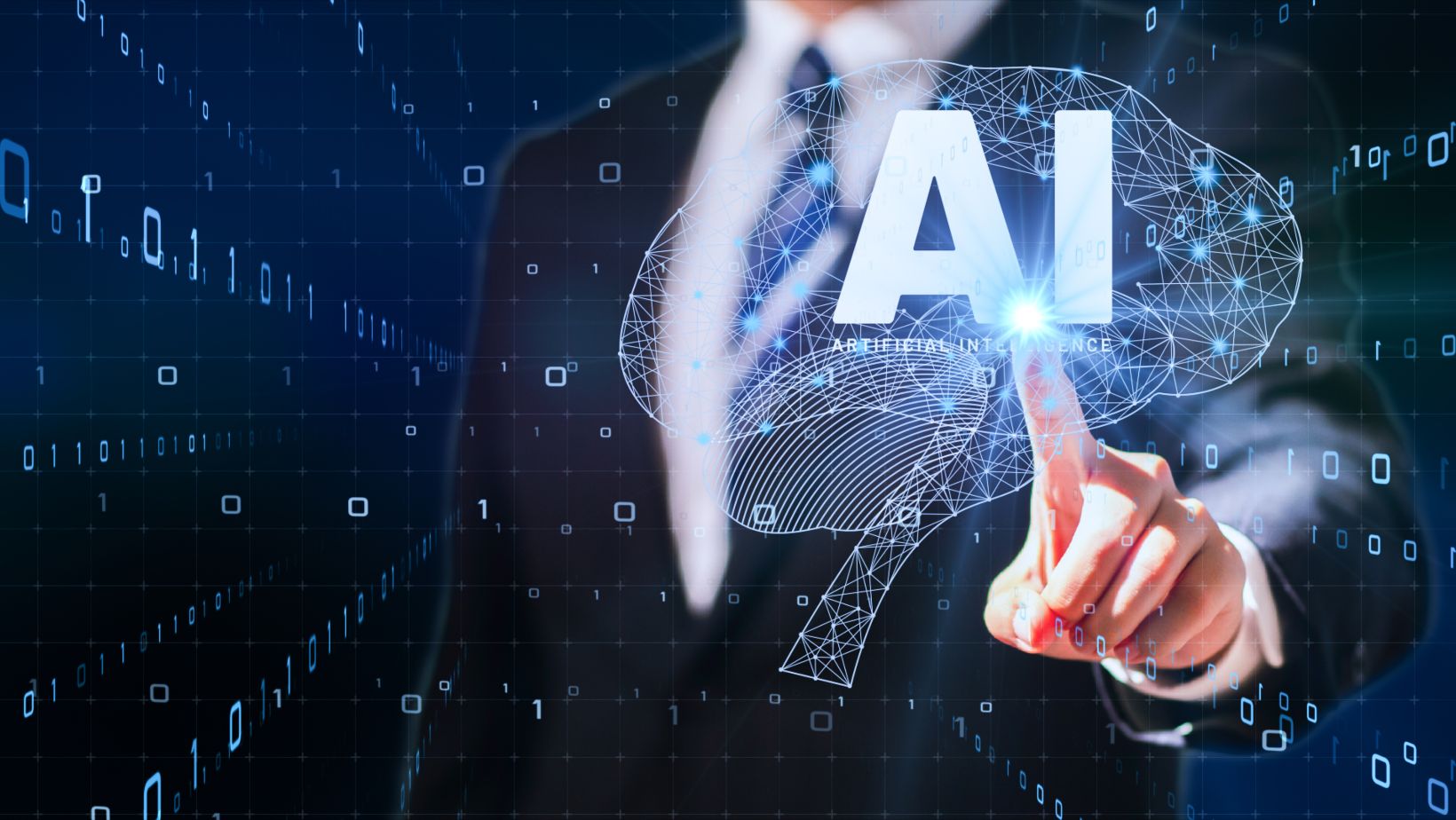
The Human Factor Remains
AI can draft documents but lawyers have to review and personalize them. AI can organize information but lawyers have to interpret it and apply judgment. AI can predict likely outcomes but lawyers have to use that prediction wisely. The technology handles the mechanical work but the judgment work remains human.
Client relationships can’t be automated. A client who’s injured, scared, and uncertain needs human interaction. They need someone who listens, who cares, who explains things in ways they understand. AI can’t provide that. Lawyers who use AI to free up time for client relationships build stronger practices than lawyers who use AI while staying buried in routine work.
The best outcome happens when lawyers use AI as a tool to augment their work, not replace their thinking. An AI that drafts a contract isn’t the final product. It’s a starting point. A lawyer who understands the deal, understands the client, and understands the risks reviews the AI draft and improves it. That combination of machine efficiency and human judgment produces better results than either alone.
The Partnership That Works
AI’s biggest gift to law isn’t speed. It’s focus. The technology handles the tasks that don’t require human judgment so humans can handle the tasks that do. A lawyer who used to spend three hours reviewing documents to find two hours worth of actual work now spends thirty minutes with AI and has two and a half hours freed up for strategy, client communication, or case development.
That’s how law firms get better. Not by working harder. By working smarter. By letting machines do machine work and focusing human talent on work that requires human intelligence, judgment, and empathy.
